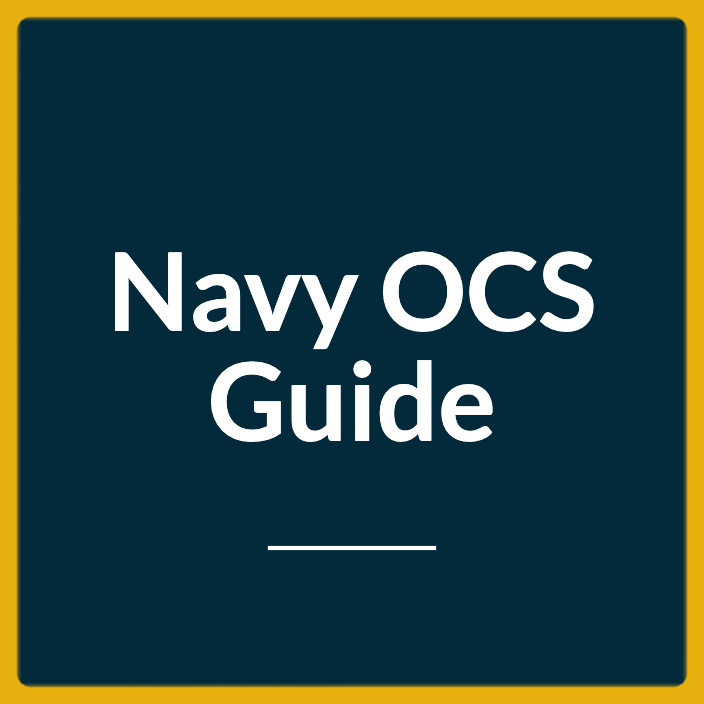If you’re interested in Navy officer jobs, it’s essential to know the various roles and responsibilities that come with each position.
One such key role is that of an Executive Officer (XO) in the United States Navy.
This article aims to give you an insider look at what an Executive Officer does, their training, career path, and much more.
What is an Executive Officer (XO)?

An Executive Officer in the Navy serves as the second-in-command on a naval vessel, submarine, or aviation squadron.
They manage the daily operations of the unit and ensuring that the command’s policies and procedures are implemented and followed.
In essence, they act as the ‘right hand’ to the Commanding Officer (CO).
The Role and Responsibilities
- Administrative Duties: The XO is the primary point of contact for all department heads and handles the proper functioning of all administrative systems aboard the ship or in the squadron.
- Training and Discipline: One of the key responsibilities includes overseeing the training and discipline of the crew. This ensures that the ship or squadron operates efficiently and is prepared for any mission or emergency.
- Operational Readiness: They take part in planning missions and are directly involved in ensuring that the ship or aircraft is always ready for deployment.
- Crisis Management: In emergency situations, the XO assists the CO in decision-making and implements the immediate actions required to handle the crisis.
Qualifications and Skills
- Leadership Skills: As a managerial role, exceptional leadership qualities are a must.
- Organizational Abilities: A knack for organization is essential for managing the crew and resources efficiently.
- Analytical Skills: Being able to assess and respond to complex situations is crucial.
Training and Career Path
Becoming an XO is not something that happens overnight. It involves years of training, experience, and proven leadership skills. Here’s a brief look at the general career path:
- Naval Academy or ROTC: Most officers begin their careers by completing a Bachelor’s degree through the Naval Academy or a Navy ROTC program at a civilian college.
- Basic Training: Following this is Officer Candidate School, which gives you the basic training to serve as an officer.
- Initial Assignments: Newly commissioned officers will serve in various capacities to gain experience and climb up the ranks.
- Department Head: Before becoming an XO, serve as a department head for a few years, leading specific departments such as engineering, operations, or weapons.
- Executive Officer Training: Prior to taking on the role, you’ll have to go through specific training that prepares you for the responsibilities and challenges of being an XO.
Rank of Executive Officers in the Navy
Understanding the rank associated with the role of an Executive Officer is crucial for anyone eyeing this career path. Generally, the rank held by an XO depends on the type of unit they are serving in.
In Surface Ships
- Destroyers and Frigates: Executive Officers on destroyers and frigates are often at the rank of Lieutenant Commander.
- Cruisers and Above: In larger ships like cruisers, amphibious assault ships, and aircraft carriers, the XO is a Commander.
In Submarines
- Fast-Attack Submarines: The XO usually holds the rank of Lieutenant Commander.
- Ballistic Missile Submarines: In larger submarines designed for strategic deterrence, the XO is a Commander.
In Aviation Squadrons
- The rank can vary depending on the type and size of the squadron. The XO will be a Commander or Lieutenant Commander.
Transition to Commanding Officer
Serving as an XO is often a preparatory step for becoming a Commanding Officer. Officers might first serve as an XO with the rank of Lieutenant Commander and then move up to a CO position as a Commander or even a Captain, depending on the size and type of the ship, submarine, or aviation squadron.
Why the Rank Matters
Understanding the rank that comes with the position is essential for several reasons:
- Career Progression: Knowing the likely ranks you’ll hold at different career stages helps you plan your professional development.
- Pay Scale: Different ranks come with different pay scales, allowances, and benefits, which can be a motivating factor for some.
- Authority and Responsibility: Higher rank usually comes with an expanded scope of responsibility, which could influence your decision when choosing a career path within the Navy.
So there you have it—while the rank of an XO can vary depending on a multitude of factors, it plays an essential role in defining their duties and their career progression.
How is an XO Different from a Commanding Officer (CO)?
It’s crucial to understand how an XO differs from a CO, as both are high-ranking positions but have distinct responsibilities.
- Authority: The CO has ultimate authority and responsibility for the unit, whereas the XO acts as a deputy.
- Scope of Work: While the CO focuses on the overall mission and strategic objectives, the XO is more concerned with day-to-day operations and administration.
- Career Progression: Being an XO is usually a stepping stone to becoming a CO.
Challenges and Rewards
The role of an XO is certainly not without its challenges. It’s a high-stress job that demands constant vigilance. However, the rewards are many:
- Career Advancement: Performing well as an XO opens up doors for higher-ranking positions.
- Skill Development: The role hones your managerial and leadership skills to a fine edge.
- Personal Satisfaction: There’s a unique sense of accomplishment and pride that comes with successfully managing a ship or squadron and its crew.
Conclusion
Becoming an Executive Officer in the Navy requires years of hard work, dedication, and a particular set of skills.
It’s a role that comes with a myriad of responsibilities but offers a path to higher leadership and the chance to make a significant impact in the Navy.
If you’re eyeing a career as a Navy officer, understanding the role and responsibilities of an XO can provide valuable insights into what it takes to excel in this prestigious position.

